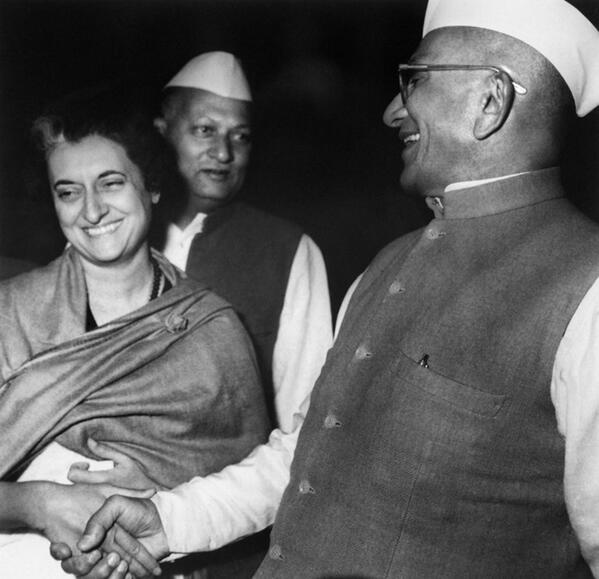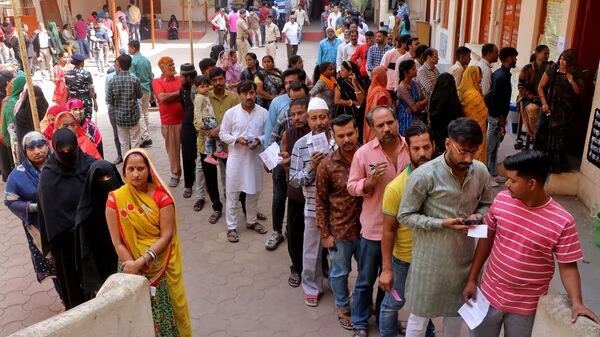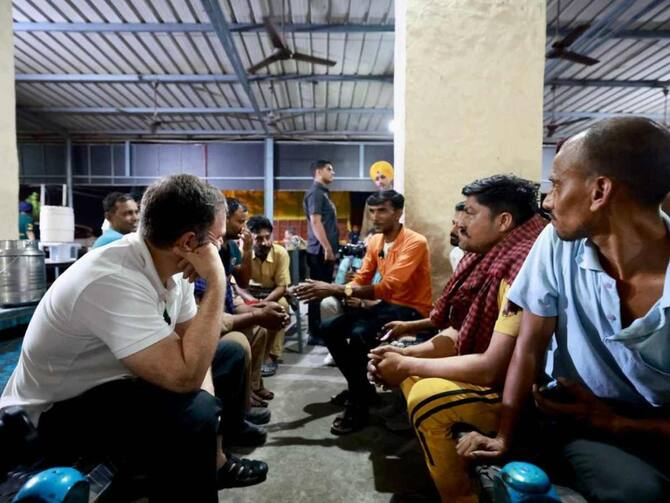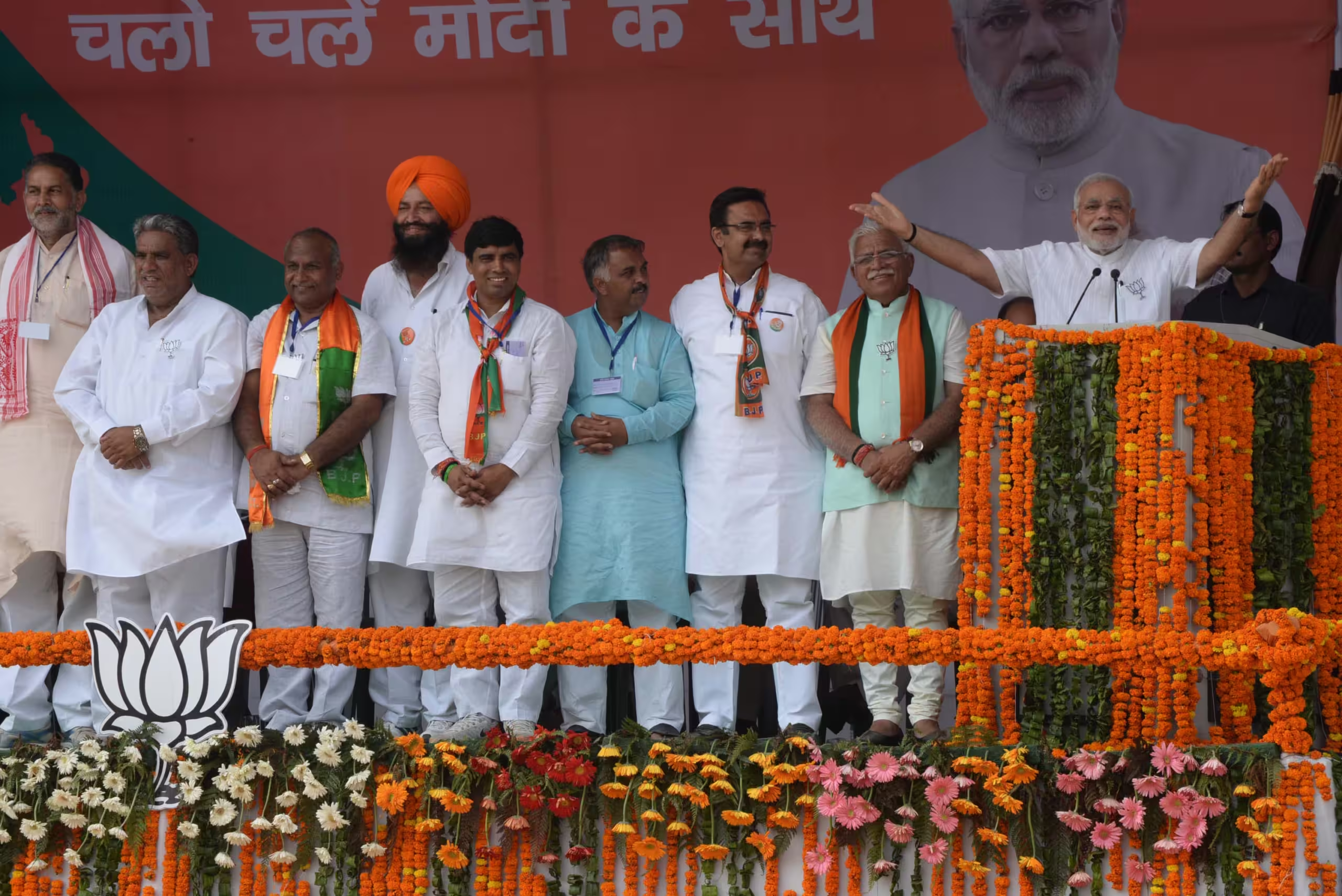This is an edited transcript of Former Chief Election Commissioner SY Quraishi’s speech on the “One Nation One Election” proposal. The speech was made recently at Thrissur, Kerala, and is being published in two parts. This is the second and final part.
One commonly heard statement is that – ‘when the Constitution was first formulated, when Indian democracy started, for the first 10-15 years there was one nation, there was one election’. However, the events of 1956 paint a different picture. Nehru’s dismissal of the Kerala government led to a by-election, marking a significant shift in the political landscape. While history shows that simultaneous elections were once the norm, the dissolution of governments in Kerala sparked midterm elections. In 1971, Indira Gandhi further separated Lok Sabha and Vidhan Sabha elections, setting a precedent for separate elections to be held since then. This historical context sheds light on the evolution of India’s electoral process over the years.

Now, when they say work comes to a standstill, as I said, model code doesn’t stop any work except new policy, new schemes. As elections are taking place in Delhi, tell me is your life here in Thrissur getting affected? Do you even know that an election is taking place? You would not know, even if the election was to take place in your neighboring constituency. It may be said, ‘look, elections are happening all the time’. It may be happening all the time, somewhere or the other, because India is a big country, but it is important to recognize that firstly, the impact of elections is localized to specific constituencies for a limited period of time and secondly, we have been doing multiphase elections (seven phases).
Previously, I defended the multiphase election system, but now I say that it is high time we revert to single phase elections for these reasons. The rationale behind conducting multiphase elections may not be widely understood, as Kerala has consistently held single-phase elections. However, Maharashtra, which previously conducted elections in a single phase, recently divided it into four phases, with only one phase held last month. This raises questions of consistency and integrity in the electoral process. Is this approach not contradictory and lacking in transparency?
If you wanted a simultaneous election, but where it used to be simultaneous you staggered them into four because it suited you. So, this proposal lacks sincerity. Now the only reason why we do multiphase elections is because we do an analysis of the booths (we have 1 million booths). There are some normal booths, some sensitive booths, some hyper sensitive booths. Hyper sensitive booths require more advanced security, sensitive ones require normal security, and normal booths can manage with policemen.

Now, paramilitary forces were introduced by Mr. T.N Seshan in the ’90s. Their availability used to be limited, we used to see whether the available forces could take care of all the sensitive booths, they could not. So, we had to recycle them. We used to circulate them from one booth to the second, to the third, to the fourth, with the same force so that it was used up to 5-7 times. Now, the experience has changed. These forces take four to five days to pack up and move and reach the new place and deploy, but the ‘gundas’ who used to capture booths travel in their swanky SUVs in 4 hours.
So, having multiple phases is proving to be counterproductive and more so specifically, in the age of social media, where in 3 minutes the country can be set on fire on the basis of a rumor and with the rise of artificial intelligence they can even create fake videos, fake rumors. Therefore, it is in our interest as well as in the interest of good elections, to compress the election and come out very quickly instead of prolonging it indefinitely, almost two and a half months, three months. We can do it in 32 days. I’ve mentioned in several articles, we can do it. Law requires 26 days, we can give 3-4 days extra for political parties to decide the candidates. But they don’t talk about it, they don’t even look at these proposals because it does not serve to fulfill their vested interests.
Now what is the Election Commission’s stand? For the Election Commission it is a brilliant idea. Why? Because the voter is the same wherever you go, whether it is Lok Sabha, Vidhan Sabha or Panchayat, voters are the same. Where you go to vote, the booths are the same, the people who set up those booths, the District Administration, are the same. Security operators, they are the same. Therefore, conveniently, we create a safe booth for you and instead of pressing one machine, you press three machines. So, we conduct elections once in 5 years and play golf for 5 years, but our convenience and our comfort cannot be the concern. Our job is to conduct elections wherever it is happening; if it is happening all the time, somewhere or the other, that’s our job. So, whose time are you trying to save we don’t understand.
When the proposal was referred to the Parliamentary committee they also could not come to a conclusion, it went to Niti Ayog,who also suggested a two-phase election spanning two and a half years. Now, what is the big deal if you are not able to achieve one election in five years and you wanted two and a half years? What is the benefit? What is all this fuss about? Now, one thing which they have been saying is that in simultaneous elections, an argument is given, that the causes, the issues get mixed up. When you are voting for your Lok Sabha MP, you have some other issues in mind, like the Ukraine policy and what should be our policy in Gaza, and what should be our policy towards the Middle East and America. But when you’re voting for your Sarpanch, what is the issue before you? The drain in front of your house which is stinking and so when you are voting for your Sarpanch, would you be looking at Ukraine policy? You would only consider local issues, but, if you merge the elections, the local issues will get subsumed by the national issues, which is wrong. Because the issues cannot be allowed to be subsumed but they say– ‘…no no people are very intelligent, voters are very intelligent, look at Odisha, in the same election for Lok Sabha they voted one party and for Vidhan Sabha they voted another party’. Although, it was not the case this time as they voted for the same party. This is what they have argued.

There is a study which is stunning, done by an organization called IDFC Institute and they analyzed voting behavior over 16 years on 2,600 assembly constituencies over 16 elections and what did they find? That if there is a simultaneous election, the voters have a 77% chance of voting for the same party. But when it is staggered it comes down to 61% and additionally, if it is staggered by longer duration it changes the result totally– an example of which is Delhi. The Aam Aadmi Party got 67 out of 70 seats in the Vidhan Sabha election, 6 months later, in Lok Sabha, all seven seats went to the BJP. This has happened twice.So, to say, staggered elections are better because the local issues and the national issues do not get mixed up and to say that the voter is intelligent, he or she votes consciously for different levels, is wrong and this study proves the point.
The final aspect to consider is the committee led by former President Kovind. When the government faced challenges in reaching a consensus, they established a high-level committee with former President Kovind at the helm. It is important to note that involving a former President in political activities is ethically questionable. The President serves as the head of the country and should remain apolitical. By appointing him to lead a government committee, we risk compromising the integrity of the office.
It is naive to assume that simply because a former President is heading a committee, the public will unquestioningly support their recommendations. On the contrary, it is likely that there will be criticism.
What this committee did well and very quickly was talk to all political parties, they invited suggestions from the people, and they received 21,000 representations. This committee said that 80% of people supported simultaneous elections but the critics point out that this result is skewed because the proforma which was sent to the people was only in Hindi and English. If sent in Malayalam, the result would have been different. If sent in Tamil, Telugu, and Kannada, the result would have been different. Seeing it was sent only in English, the responses came only from the Hindi speaking people. Therefore, this is also not a great figure to talk about. Then, of the 47 political parties who responded, 32 supported simultaneous elections but were all from NDA. They supported it and all 15 parties opposed it because they belonged to the opposition. Our sources indicate that while the National Democratic Alliance (NDA) may publicly support certain actions, privately they may view them as an attack on federalism. For example, if the Kerala government and Chief Minister were to consider dissolving the assembly, this decision would ultimately be subject to approval by the Lok Sabha. If the Lok Sabha were to be dissolved, all other state assemblies would follow suit.Why should this happen? Consider the scenario of holding simultaneous elections – many of you may recall the Vajpayee government falling in just 13 days. If it happened once, it could happen again. If the Lok Sabha were to dissolve, would we then be required to hold elections for all 28 states simultaneously? Why should the well-being of individuals across the country be impacted by political events in Delhi, caused by a party’s betrayal or any other unforeseen circumstances?
As the saying goes– ‘Don’t try to repair something which is not broken’. Similarly, the system is working and if you tinker with it, chances are that you’ll probably create problems. You’ll break the system.

The bill currently under consideration includes references to five Constitutional Amendments. Specifically, I will be discussing Article 182A, which is a key addition to the legislation. This article states, “Notwithstanding anything contained in articles 83 and 172.” Article 83 pertains to the duration of the Lok Sabha, while Article 172 addresses the duration of a legislative assembly, both of which specify a term of five years. However, Article 182A introduces a new provision that states when the Lok Sabha is dissolved, all members will also be dissolved. This raises questions about the necessity and implications of such a provision.
Furthermore, despite being a high-level committee, what was the stance taken by this committee? The committee stated that when referring to simultaneous elections, they are specifically addressing the Lok Sabha and Vidhan Sabha elections, excluding Panchayats. This raises the question – what is the rationale behind this exclusion? If Panchayat elections are conducted separately, it no longer aligns with the concept of simultaneous elections. This deviation undermines the objective of streamlining the electoral process.
The second point raised is regarding the simultaneous holding of Parliament elections and Vidhan Sabha elections, while Panchayat elections are to be held separately after a period of 100 days. It is important to note that any election held after this 100-day period is considered a new and distinct election, necessitating a completely different set of arrangements.
Consider the sheer number of individuals involved in the electoral process – approximately 15 million government employees, school teachers, and junior staff members. Requiring them to participate in multiple elections within a short timeframe can lead to fatigue and inefficiency.
Have you ever served as a presiding officer or polling officer during an election? If so, would you be willing to undertake such duties again within a span of 300 days? The idea of simultaneous elections loses its appeal when elections are separated by such a significant time gap.
The committee tasked with examining this proposal was not given the opportunity to thoroughly evaluate its advantages and disadvantages. Instead, they were simply instructed to find a way to implement it. The recommended Constitutional Amendments and legal changes fail to address the concerns raised by critics, including the high costs and potential policy paralysis associated with the proposal.Numerous individuals, including writers, politicians, lawyers, and constitutional experts, have expressed reservations about the necessity of altering the current electoral system. The proposal, in its diluted form, lacks the moral authority needed to justify such sweeping changes.
But this kind of stubbornness is disturbing the Constitutional scheme of things, this is surely an attack on federalism of the country.The determination of your political future should be left in the hands of your state’s people, rather than being dictated by the central government. This principle forms the foundation of our democratic system. As this issue is brought before the Supreme Court, we remain hopeful that they will recognize any flaws in the proposed legislation. In 1973, the Supreme Court established the concept of the basic structure of the Constitution. This principle asserts that while the Constitution can be amended, certain fundamental elements cannot be altered. The basic structure is parliamentary system of election, not presidential election. The basic structure is federalism. The basic structure is secularism. These pillars of our democracy are essential and must be upheld, even in the face of parliamentary acts or constitutional amendments.
This article was first published on The AIDEM
